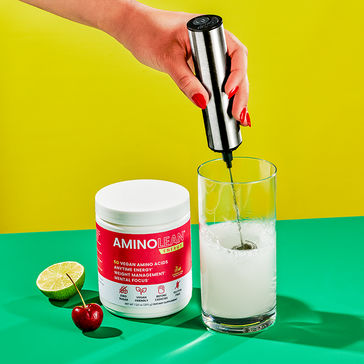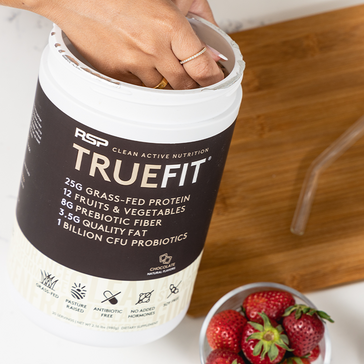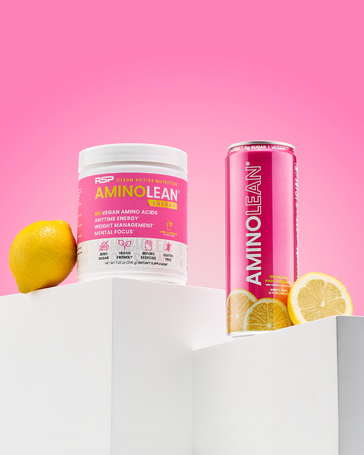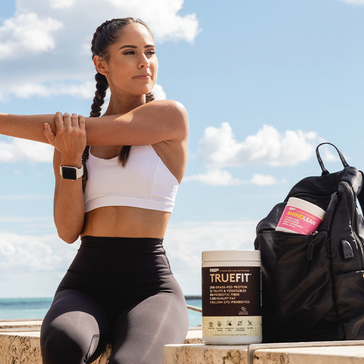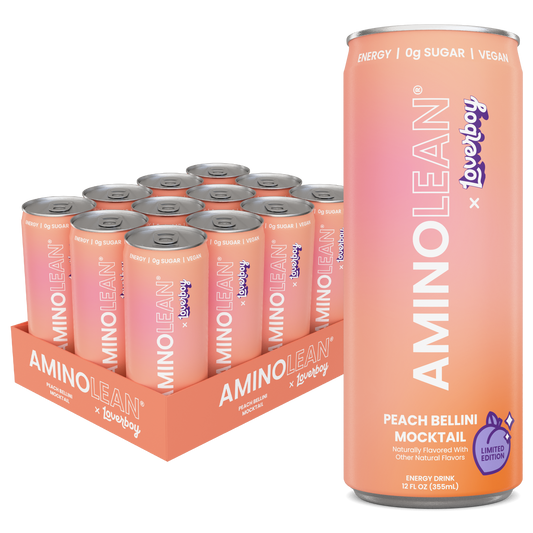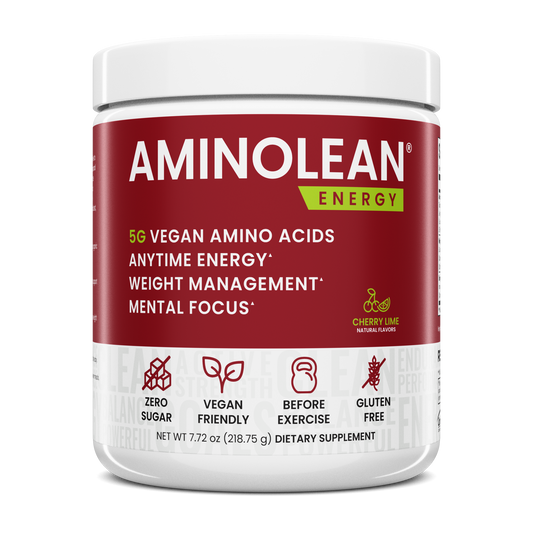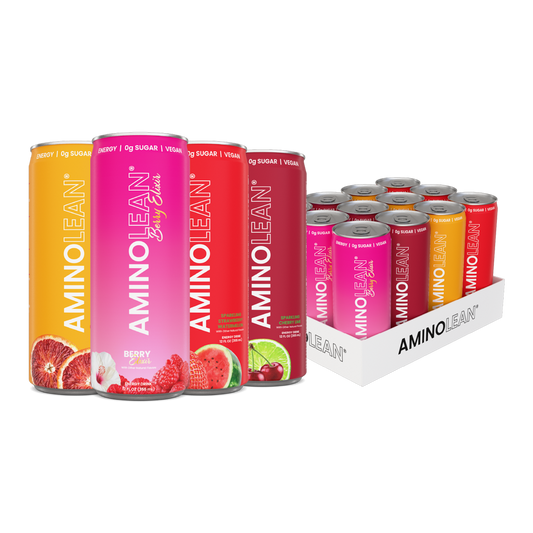|
You may frequently hear health experts across the digital world talk about the benefits of variety of diets — from low carb, high protein programs to Whole30 and the ketogenic diet. You’ve probably also wondered — well, which one is best for me?
Frankly, we see benefits in various approaches, provided you stick with the program, exercise regularly and are primarily getting your calories from whole foods. If you’ve ever dieted before, you may remember how difficult it was to remain consistent — especially when it required you to give up your favorite comfort foods or drinks. You may have craved some flexibility to have a favorite snack or meal to satisfy a weekend craving before you went back to your strict, rule-based diet. Given this problem, many fitness enthusiasts have taken to a new eating style called Flexible Dieting or If It Fits Your Macros (IIFYM), which basically has you set daily goals for each macronutrient within a broader goal for total caloric intake.
For background, macro (singular) is shorthand for the word: macronutrient. Macronutrients are simply the chemical compounds that give our food calories. These compounds are fats, proteins, and carbohydrates – the three macronutrients. They’re listed on the back of every food item. The flexible dieting approach essentially helps you develop a diet that works best for your body and your goals. Say, for example, that your body seems to burn fat faster with fewer carbs and more fat – no problem! Simply shift some of your diet from carbs to fat. Or if the reverse is true, the process is just as easy in the other direction.
Flexible dieters love the freedom to eat a range of different foods, including the occasional snack or junk food. We also love a flexible approach because it fits with a variety of other lifestyle choices, from plant-based or vegan choices to paleo and ketogenic diets. No matter how you decide to approach your flexible diet, you’ll get the best results if you follow the guidelines below:
-
Have fun with whole foods: Whole foods are the staple of any quality diet. These foods are rich in nutrients and free from preservatives and unnecessary additives. We also love them because they’re easy to understand. You don’t need a degree in food science to understand what an avocado or blueberry is. You can make whole food dieting fun by, incorporating real foods into recipes for cookies, cakes and pancakes. Check out our article section for tasty, healthy recipes that are great additions to any diet.
-
How much protein is enough?: A healthy dose of protein will be critical to any flexible diet – but, you may wonder – exactly how much protein should I consume daily? Contrary to what you may have read in other articles, there is no magic number for daily protein intake. Remember, this is a flexible diet! How much protein you should consume depends on a few factors, including your level of physical activity, lean body mass and goals for caloric intake. Protein sources that you should keep stocked in the cupboard, include:
- Whole eggs
- Free-range chicken
- Legumes, such as chickpeas
- Protein powders
-
Don’t shy away from fats: Though fats can drive up your caloric intake on paper, we encourage flexible dieters to consume healthy fats. Consuming good fats has myriad benefits from improved brain function and mental focus to increased energy and reduced inflammation. Additionally, as we discussed in our keto diet article, consuming fats can actually help increase your metabolism and burn more fat. Good sources of fat include:
- Grass-Fed dairy from butter, ghee, etc.
- Avocado
- Uncured bacon
- Grass-Fed Beef
- MCT and Coconut Oils
- Whole Eggs
- Salmon
- Nuts
-
Consume carbs high in fiber: Fiber is essential to any dietary regimen. High fiber diets have been linked to reduced risk for cardiovascular disease and colon cancer. Fiber also makes you feel better, increasing satiety, or fullness, and improving stool regularity. Prebiotic sources of fiber can help increase the number of good bacteria in your gut, aiding in nutrient absorption and overall digestive health. Below are some fibrous foods that you’ll enjoy incorporating into your diet.
- Broccoli
- Peas
- Sweet Potato
- Blackberries
- Blueberries
- Jerusalem Artichokes
- Flax
-
Stay consistent and track your results: Any dietary regimen, even a flexible one, can be difficult to maintain while on the go. There are a number of helpful tools that can help you stay on track. Maintain a journal where you track your meals or download a fitness and diet tracking app, such as Under Armour’s MyFitnessPal. When you’re traveling or working out, supplements and functional foods can help keep you on track. Real food, protein powders, like TrueFit, contain healthy doses of protein, prebiotic fiber as well as fruits and vegetables that are a convenient source of your key nutrients. If you’re new to dieting, you may experience some temporary fatigue as your body adjusts to a new, healthier food mix. Anytime energy supplements, such as AminoLean and KetoBHB, can supply a natural energy boost, while boosting your metabolism and increasing your mental focus.
Most importantly, enjoy your newfound food freedom. A little flexibility will give you some extra time to enjoy the things you love like travel, family and, of course, working out!
|


